Substitute for Cardinal Flower (Lobelia cardinalis)?
paul_
11 years ago
Related Stories
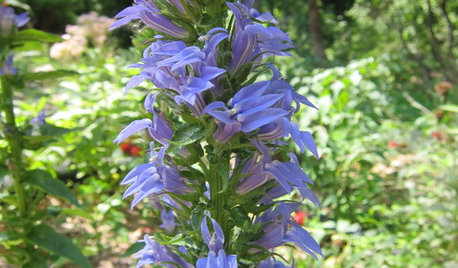
GARDENING GUIDESGreat Design Plant: Lobelia Siphilitica Keeps Its Cool
Great blue lobelia, a flowering native that prefers moist soil, adds a calming blue hue to the late-summer garden
Full Story
GARDENING GUIDES10 Deer-Resistant Native Flowers to Plant This Fall
Learn about natives that embrace some kinds of wildlife but resist grazing deer
Full Story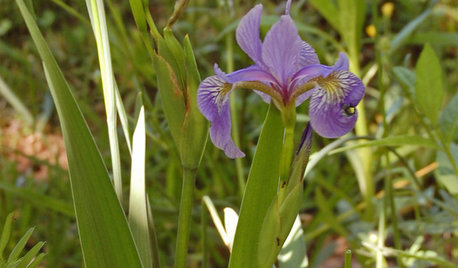
GARDENING GUIDESGreat Design Plant: Iris Versicolor
A versatile native iris for bridging wet and dry gardens
Full Story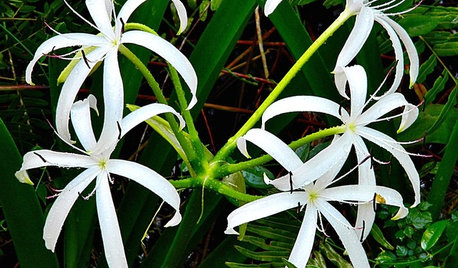
GARDENING GUIDESGreat Design Plant: Crinum Americanum
Bright white flowers with thin delicate petals grace this water-loving southern lily
Full Story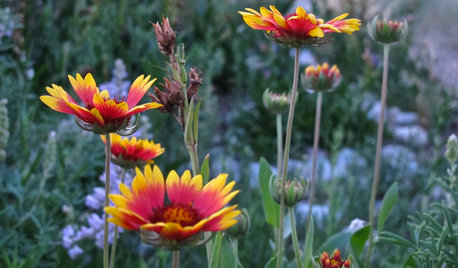
GARDENING GUIDESThese Hummingbird-Attracting Native Plants May Surprise You
These flowers, vines and shrubs offer shelter and food supplies that keep hummingbirds around longer
Full Story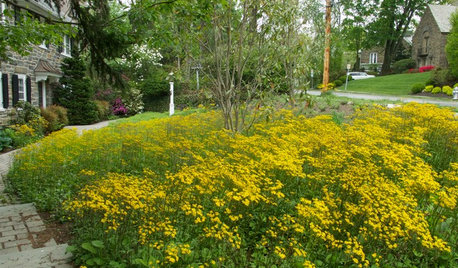
GARDENING GUIDESPackera Aurea Puts On a Springtime Show in Sun or Shade
This vigorous native ground cover welcomes bees with its early-blooming flowers and makes an attractive lawn alternative
Full Story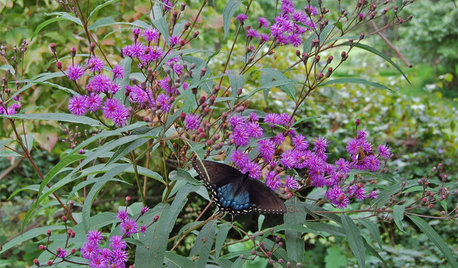
GARDENING GUIDESGreat Design Plant: Vernonia Noveboracensis
Stately New York ironweed attracts pollinators with its blooms at the end of summer and birds with its seeds in fall
Full Story
GARDENING GUIDESBackyard Birds: Invite Entertaining Hummingbirds Into Your Garden
Hummingbirds — unique to the Americas — zip through open landscapes seasonally or year-round. Here’s how to attract them
Full Story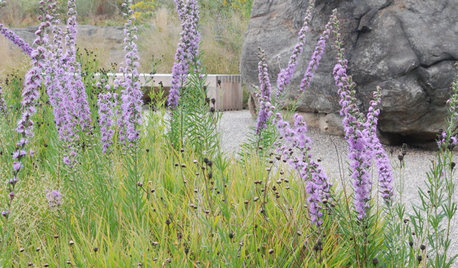
INSPIRING GARDENSNative Plants Inspire and Educate at NYC's Botanical Garden
Stroll through the new Native Plant Garden with us to get great ideas for plant choices and sustainability
Full Story





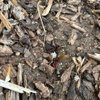


wieslaw59
mistascott
Related Professionals
Marina Landscape Architects & Landscape Designers · Saint Louis Park Landscape Architects & Landscape Designers · Winder Landscape Architects & Landscape Designers · Alexandria Landscape Contractors · Brentwood Landscape Contractors · Springfield Landscape Contractors · Matthews Landscape Contractors · Boca Raton Landscape Contractors · Lake Saint Louis Landscape Contractors · North Plainfield Landscape Contractors · San Carlos Park Landscape Contractors · Uxbridge Landscape Contractors · North Hills Landscape Contractors · Suisun City Landscape Contractors · Bensenville Landscape Contractorswieslaw59
mistascott
terrene
laceyvail 6A, WV
mistascott
terrene
flora_uk
splitrock
mistascott
ghoghunter
terrene
paul_Original Author